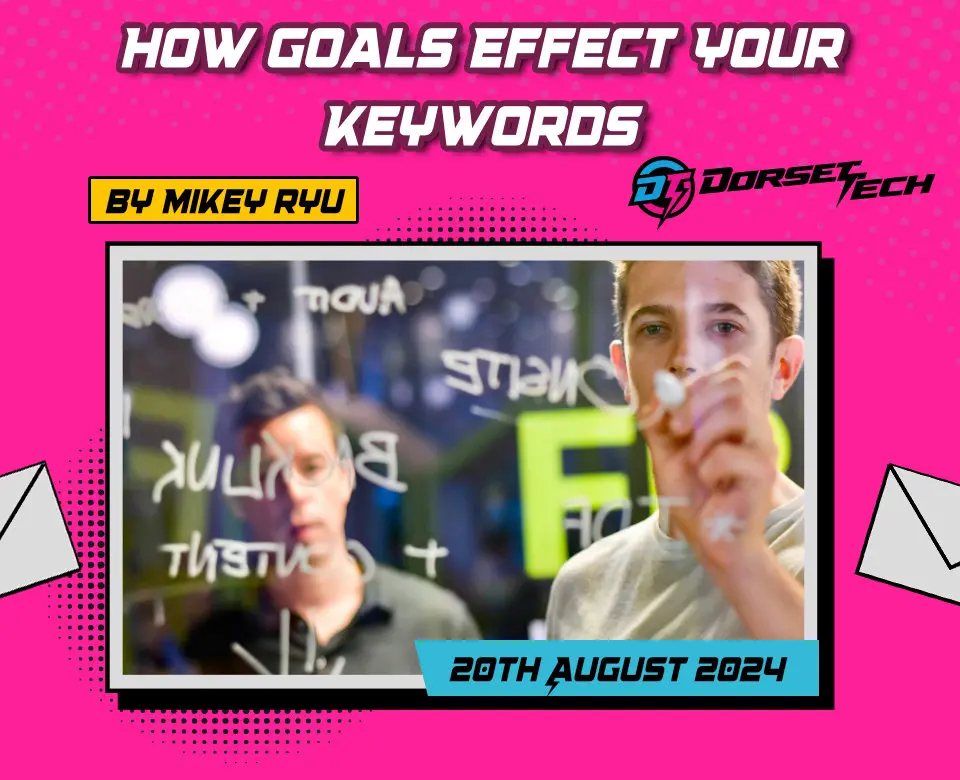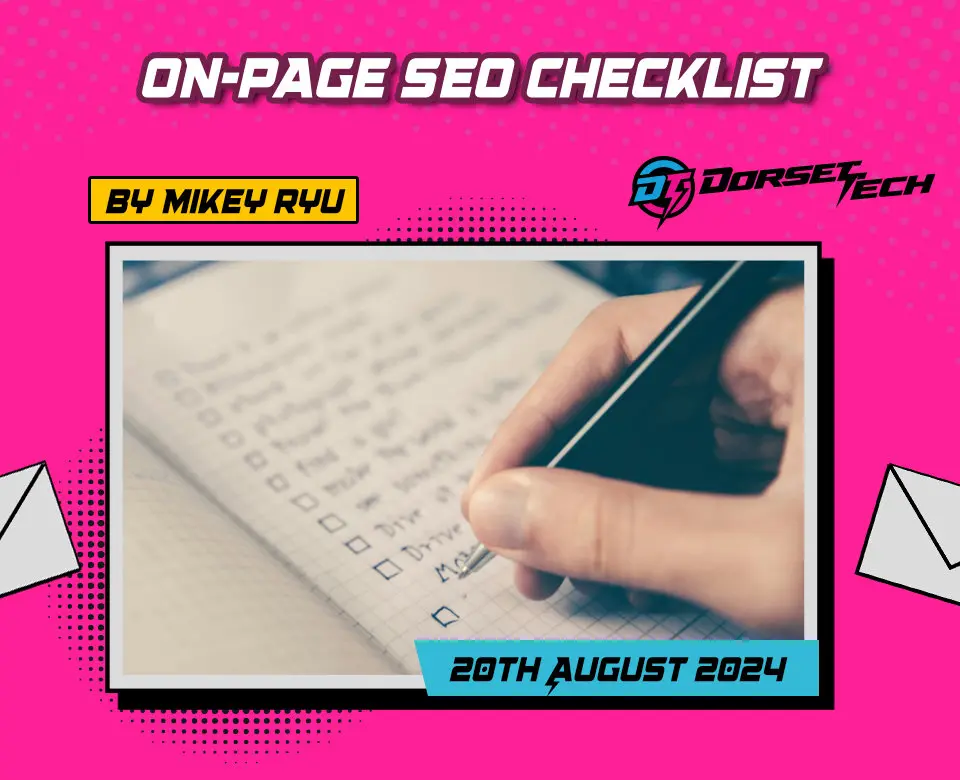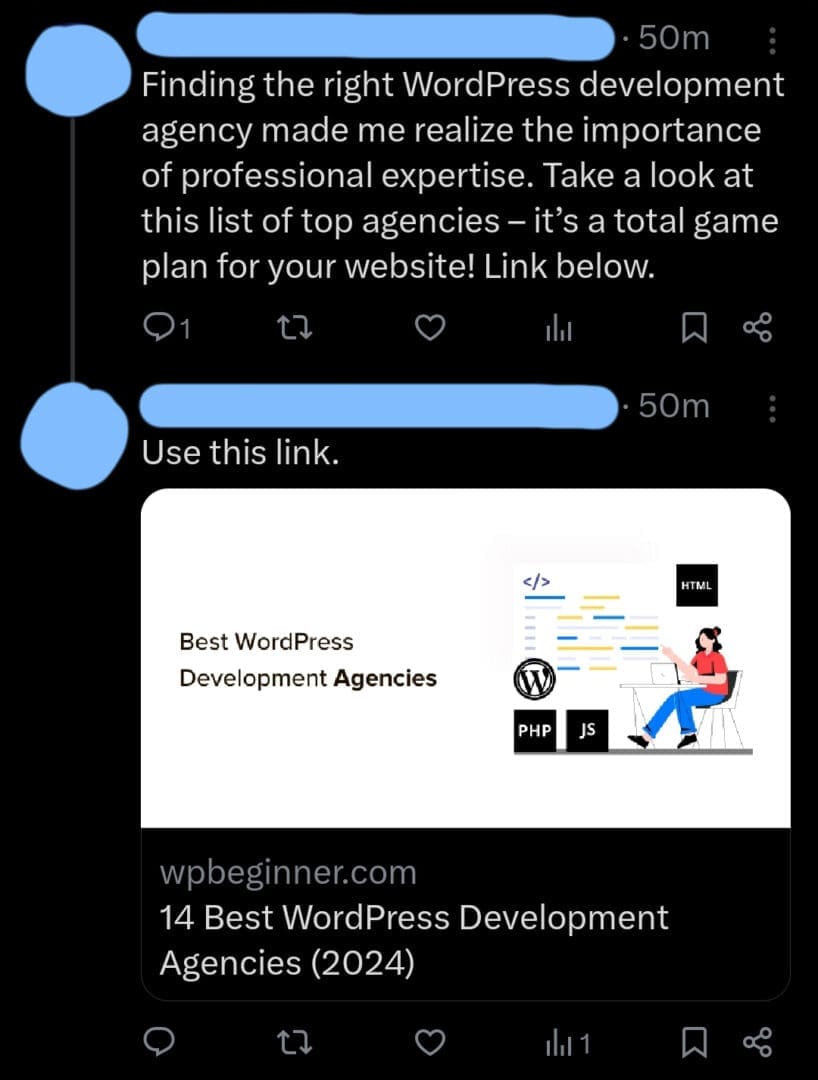
How Goals Effect Your Keyword Research
Creating a successful keyword strategy requires more than just selecting popular search terms; it involves aligning those keywords with the specific stages of the buyer’s journey. Whether your goal is to attract new visitors, convert leads, or nurture existing customers, your keywords must be carefully chosen to meet the needs and intents of your audience at each stage of the buyer’s journey. In this blog, we’ll explore how to strategically use keywords during the Awareness, Considerations, Decision, and post-purchase stages, ensuring your content resonates with potential customers and drives them toward a successful conversion.
- Awareness Stage
- Consideration Stage
- Decision Stage
- Post-Purchase Stage
- Aligning Your Keywords with Marketing Goals
Awareness Stage:
In the awareness stage of the buyer’s journey, the user is looking to identify the problem or their needs, gather information around the topic and explore their options and services. The awareness stage is a great place to use informational intent keywords as the prospect is looking for information regarding their topic and problem.
Keywords:
Let’s say you run a web design agency and you are looking at targeting the awareness stage of your buyer’s journey, some keywords you may look for include:
- How to improve website design
- Best practices for website usability
- What is readability
Content Types:
There is a wide range of content types that you can use but which ones fit in the awareness stage? Well as the users are looking for information regarding certain topics and to identify problems or how they can solve it, your content has to match that intent. Content types inside the awareness stage include:
- Blog posts – Things like “How to improve your website user experience” or “A guide to readability”
- How-to Videos – Short educational videos that explain basic concepts or provide step-by-step guides for example, “How to do Keyword Research”
- Infographics – Visual content that simplifies complex information and makes it easy to understand, for example, ” the importance of readability in web design” would make a good infographic.
- Checklist and Guides – Practical tools that help your audience take actionable steps. A checklist like “10 essential elements of a great website” or “Initial SEO Checklist”
Consideration Stage:
In the consideration stage of the buyer journey customers now have a clear understanding of their problem or need and are actively researching and evaluating different solutions. It’s during this stage that customers are more likely to interact with brands doing things like: downloading whitepapers, attending webinars, or requesting product demos.
Keyword Examples:
In this stage, your keywords should be more focused on providing information about solutions and companies that offer the solutions. These include:
- Web Design Agency Portfolio
- Professional Web Design Services
- Web Design Agency Pricing
- Top Web Design Companies 2024
Content Examples:
In the consideration stage your content should be focused and tailored around the solutions that you provide. Some content types include:
- Case Studies – Detailed examples of how your solutions have helped others in the past.
- Product Comparison Guides – Comparisons between your services and those of your competitors.
- Whitepapers and Ebooks – In-depth resources that offer comprehensive insights into specific aspects of web design.
- Webinars and Live Demos – Interactive sessions where you can showcase your expertise, answer questions and show your product or service in action.
Decision Stage:
During the decision stage, the customer is ready to make their final decision and purchase the solution. They have found the solutions that their interested in choosing and make the decision.
Keyword Examples:
The goal of these keywords is to answer any questions the customer might have regarding your services or your company, these include:
- Hire a Web Design Agency
- Best Web Design Agency Near Me
- Web Design Agency Portfolio
- Web design Agency Testimonials
Content Types:
in this stage, the point of the content is to help potential customers finalise their decision by providing the detailed information and reassurance they need to choose you. Content types include:
- Case Studies and Success Stories – Detailed accounts of how your services or products have helped clients achieve their goals.
- Customer Testimonials and Reviews – Positive feedback from satisfied clients can help build trust and credibility
- Product Demos and Tours – Interactive content that allows potential customers to see your service in action.
- Comparison Guides – Detailed comparisons between your service and those of your competitors.
- Free Trials or Consultations – Offering a free trial or consultation can give potential customers a risk-free way to experience your services before making a commitment.
Post-Purchase Stage:
During the post-purchase stage, the customer has already made a purchase and is now focused on maximizing the value of their investment. This stage is crucial for building long-term relationships, encouraging repeat business, and generating referrals. It’s essential to provide ongoing support, reinforce the customer’s decision, and ensure they feel confident and satisfied with their choice.
Keyword Examples:
The goal of these keywords is to address any needs or concerns the customer may have after their purchase, ensuring a smooth and positive experience. These include:
- Web Design Agency Support
- Website Maintenance Services
- How to Update My Website
- Web Design Agency Customer Service
- Web Design Agency Ongoing Support
Content Types:
In this stage, the content should focus on providing value, support, and reassurance to ensure customer satisfaction and loyalty. Content types include:
- Onboarding Guides and Tutorials – Step-by-step guides that help customers understand how to use your services or products effectively.
- Customer Support Resources – FAQs, troubleshooting guides, and contact information that make it easy for customers to get help when they need it.
- Product Updates and Newsletters – Regular communication that keeps customers informed about new features, updates, or enhancements to your services.
- Loyalty Programs and Discounts – Special offers or programs that reward customers for their continued business and encourage repeat purchases.
- Referral Programs – Incentives for customers to refer your services to others, turning satisfied clients into advocates for your business.
This content should reinforce the value of their purchase, address any ongoing needs, and create opportunities for future engagement.
How to Align Your Keywords With Marketing Goals:
Aligning your keywords with your marketing goals is crucial for ensuring that your content reaches the right audience at the right stage of the buyer’s journey. Depending on whether your goal is to attract new visitors, convert leads, or nurture existing customers, your keyword strategy will need to be adjusted accordingly. Here’s a comparison of how different marketing goals affect your keyword strategy based on the buyer’s stage:
1. Awareness Stage: Attracting New Visitors
Goal: To attract potential customers who are just beginning to recognize a need or problem.
Keyword Strategy: Focus on broad, informational keywords that match what a potential customer might search for when they first realize they have a problem. These keywords should be high-volume and related to the challenges or questions your audience is likely to have.
Examples:
- “What is [Industry-Specific Term]”
- “How to [Solve Problem]”
- “Best Practices for [Industry-Related Issue]”
- “Beginner’s Guide to [Industry Topic]”
Content Types:
- Educational blog posts
- Ebooks
- How-to guides
- Infographics
2. Consideration Stage: Converting Leads
Goal: To engage and educate potential customers who are evaluating their options and considering different solutions.
Keyword Strategy: Target more specific, mid-funnel keywords that reflect a deeper level of understanding and interest. These keywords should be more solution-oriented, showing that the searcher is actively comparing their options.
Examples:
- “Top [Industry] Solutions”
- “Comparison of [Product/Service] vs. [Product/Service]”
- “Benefits of [Specific Solution]”
- “How to Choose [Product/Service]”
Content Types:
- Comparison guides
- Case studies
- Webinars
- Product overviews
3. Decision Stage: Finalizing the Purchase
Goal: To assist potential customers in making their final decision and choosing your solution.
Keyword Strategy: Use highly targeted, low-funnel keywords that show purchase intent. These keywords should align with what a potential customer might search for when they are ready to make a purchase and need reassurance or detailed information.
Examples:
- “Buy [Product/Service]”
- “[Product/Service] Pricing”
- “[Product/Service] Reviews”
- “Hire [Service Provider]”
Content Types:
- Customer testimonials
- Detailed product descriptions
- Pricing pages
- Free trial offers
4. Post-Purchase Stage: Nurturing Existing Customers
Goal: To build loyalty, encourage repeat business, and generate referrals.
Keyword Strategy: Focus on keywords that address customer support, product updates, and continued education. These keywords should help ensure that your customers get the most out of your product or service and feel supported.
Examples:
- “[Product/Service] Support”
- “How to Use [Product/Service]”
- “Update [Product/Service]”
- “Customer Support for [Product/Service]”
Content Types:
- Onboarding materials
- Troubleshooting guides
- Product update newsletters
- Customer loyalty programs
By aligning your keywords with your marketing goals at each stage of the buyer’s journey, you can ensure that your content strategy effectively guides potential customers from initial awareness through to post-purchase satisfaction. This approach not only drives traffic but also converts leads and builds long-term relationships with your customers.
Aligning your keywords with your marketing goals throughout the buyer’s journey is essential for a comprehensive and effective content strategy. By understanding and targeting the unique needs of your audience at each stage you can create content that not only attracts and concerts leads but also fosters long-term customer loyalty. By thoughtfully planning your keyword strategy in line with your marketing objectives, you can ensure that your content remains relevant, engaging, and ultimately successful in driving business growth.





















